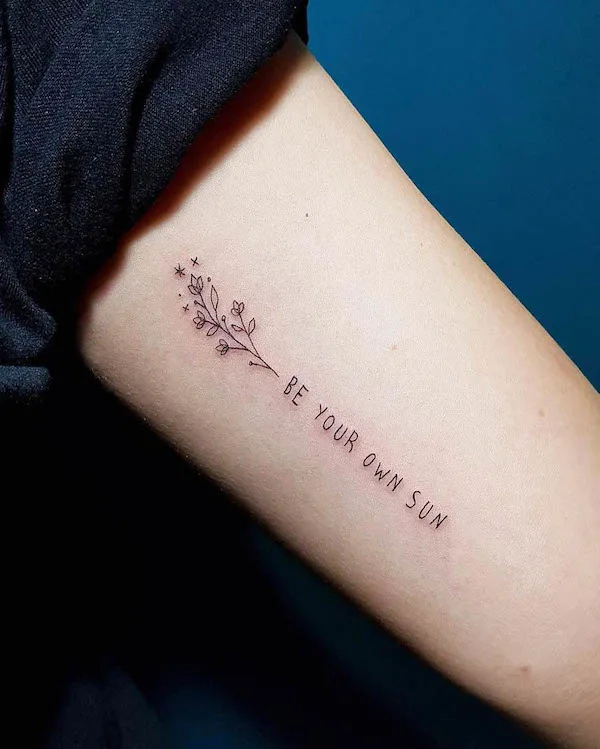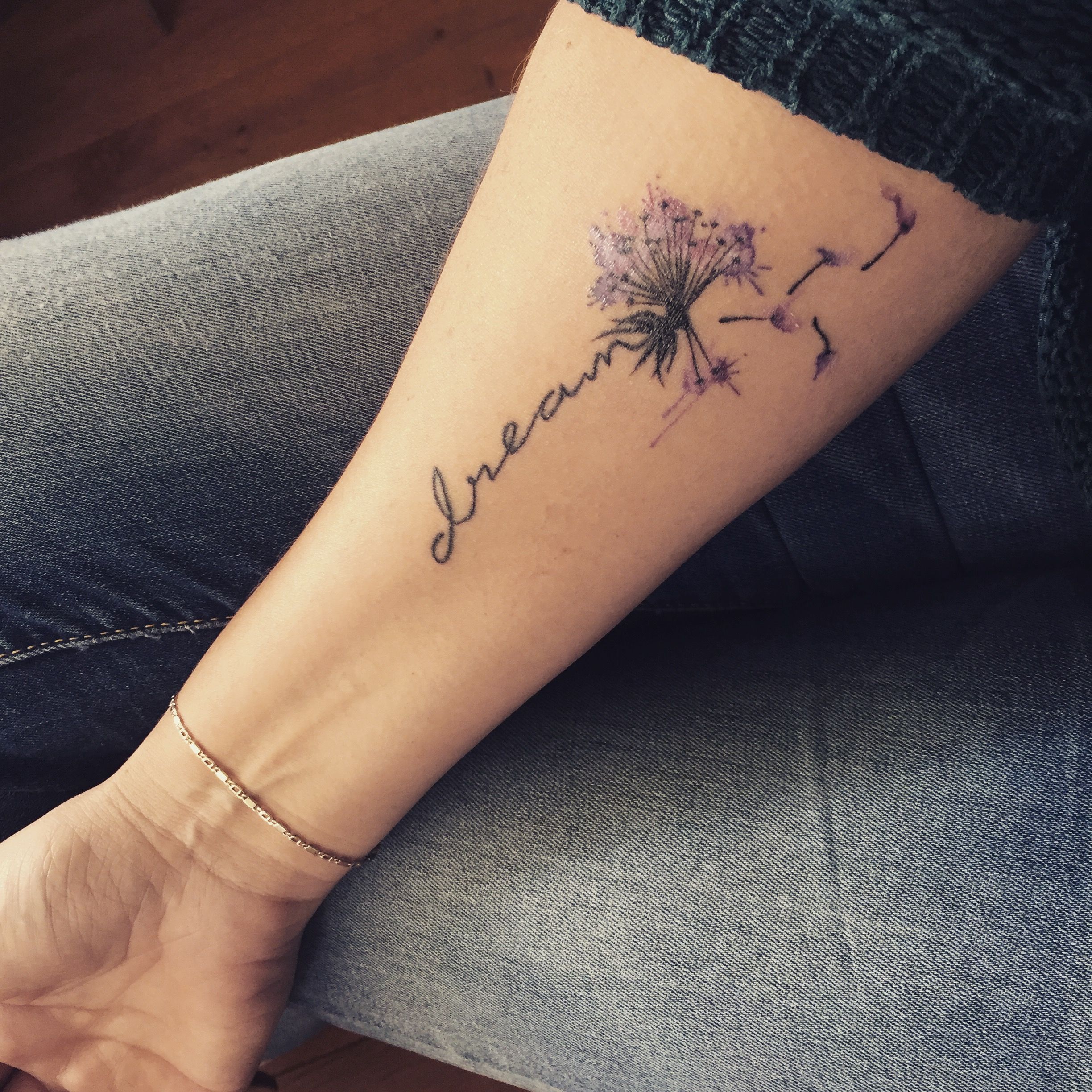Beginner's Guide to Creating Your First Tattoo Design

Embarking on your first tattoo design journey is both an exciting and challenging endeavor. Whether you're driven by a personal connection or the pure love for art, creating your tattoo design requires an understanding of several key elements. From conceptualization to execution, here’s how you can start crafting your unique tattoo design.
Conceptualization and Inspiration

Every great tattoo begins with inspiration. Here are some ways to find that spark:
- Personal Stories: Reflect on life experiences, memories, or milestones you want to immortalize.
- Interests: Draw from your hobbies, interests, or fandoms.
- Visual Culture: Explore art galleries, museums, or simply browse online for tattoo designs.
- Musicians and Literature: Lyrics, poetry, or excerpts from books can be turned into meaningful designs.
Design Elements

Once you have your concept, it’s time to consider the elements that make up a tattoo:
- Lines: Straight, curved, or wavy - lines can convey different emotions or themes.
- Shapes: Circles can symbolize unity or completion, squares represent stability, and triangles can signify change or challenge.
- Shadows and Shading: Adding depth to your design creates realism or contrast.
- Texture: This can bring life to objects or signify different materials like fur, wood, or metal.
- Color: Consider color symbolism or the color impact on skin tones.
The Design Process

Here’s a step-by-step guide to help you through the design process:
- Sketching: Start with rough sketches. Don’t worry about perfection at this stage.
- Refining: Narrow down your sketches to a few designs and refine them.
- Get Feedback: Show your work to friends, artists, or potential tattoo enthusiasts for critiques.
- Software Tools: Use design software like Adobe Illustrator or CorelDRAW to finalize your design digitally.
- Size and Placement: Decide where on the body the tattoo will be placed and how it will fit.
✍️ Note: Always consider the body’s natural shape and how it will change with time when deciding on tattoo placement.
Technical Considerations

Before your design can become permanent ink on skin, consider these technical aspects:
- Resolution: Tattoo designs need to be clear and high resolution to ensure accurate reproduction.
- Stylization: Decide on the tattoo style - traditional, neo-traditional, realistic, etc.
- Flow and Composition: Ensure your design flows well on the skin, avoiding unnatural breaks.
- Healing: Think about how the design will look after the healing process.
Working with a Tattoo Artist

Collaboration with a professional tattoo artist is crucial for bringing your design to life:
- Research Artists: Look for artists whose style matches your design.
- Consultation: Have a detailed discussion about your design and any customization needed.
- Stencils and Outlines: The artist will create a stencil based on your design to ensure accuracy.
- Ink Testing: Tattoo artists might suggest you try out the design as a temporary tattoo first.
🎨 Note: Remember, even with a digital or sketched design, the final product will depend heavily on the artist’s interpretation and skill.
Finalizing Your Design

Before you commit to ink, take these final steps:
- Review: Carefully look over the stencil and placement on your body.
- Adjustments: Make any necessary last-minute changes.
- Consent and Documentation: Ensure you have documentation of the design and all permissions in place.
- Celebrate the Moment: Take the time to appreciate the art you’ve co-created.
As you've embarked on your journey to create your first tattoo design, you've learned about the importance of inspiration, design elements, technical details, and collaboration. Remember, creating a tattoo is an artistic endeavor that requires patience, research, and the perfect collaboration with an artist. Your design is not just an artwork but a personal statement that will be etched into your skin forever. Keep in mind that tattooing is a dialogue between your idea and the artist's skill. This journey offers a unique opportunity for personal expression and artistic collaboration. By following this guide, you're now equipped to move forward with confidence in your first tattoo design project.
How long does it take to create a tattoo design?

+
The time required to create a tattoo design can vary from a few hours for simpler designs to several weeks for detailed, custom pieces.
Can I design my own tattoo?

+
Yes, you can design your own tattoo. However, it’s beneficial to collaborate with a professional artist for accuracy and adaptation to the skin.
What should I consider when choosing a tattoo artist?

+
Choose an artist whose style matches your design, who has a good portfolio, positive reviews, and who you feel comfortable communicating with.
Do I need to copyright my tattoo design?

+
While not mandatory, copyrighting your design or having written documentation can protect your intellectual property, especially if you plan to sell or use the design commercially.



